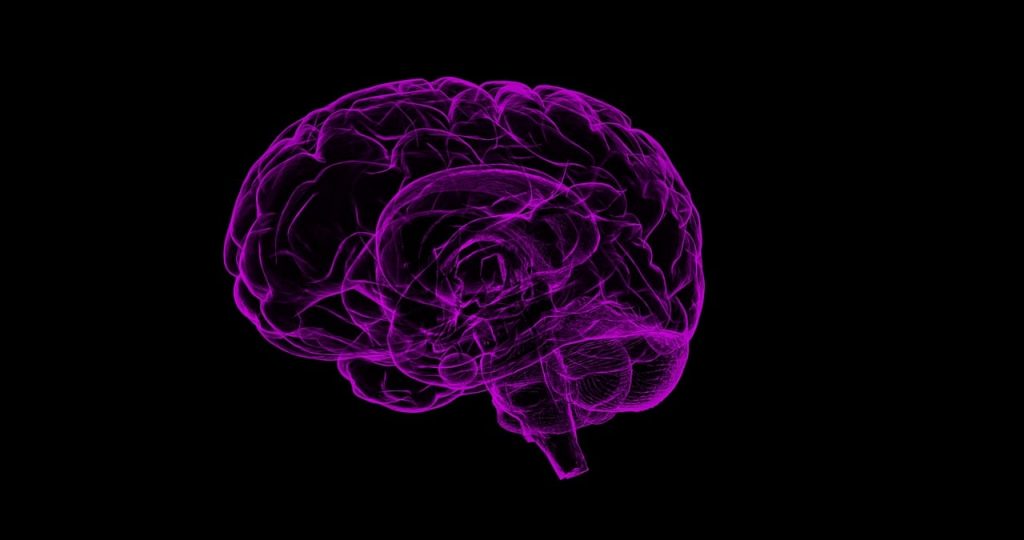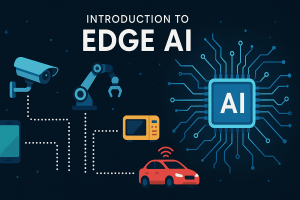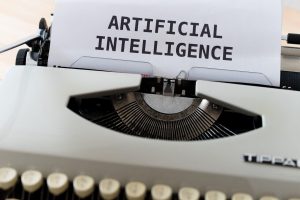Artificial intelligence (AI) is transforming our world, driving advancements in technology that were once thought impossible. From voice-activated assistants to self-driving cars, AI is becoming an integral part of our daily lives. But behind the magic of AI lies a powerful, yet often misunderstood, concept: the neural network.
In this article, we’ll unravel the mystery of neural networks, explaining what they are and how they work in a way that anyone can understand. This guide will equip you with the essential knowledge needed to confidently understand and appreciate the role of neural networks in AI.
What is a Neural Network?

A neural network is a computer system inspired by the structure and function of the human brain. Just as the brain is composed of billions of neurons that work together to process information, a neural network consists of interconnected nodes—often referred to as neurons or units—that collaborate to analyze data and make decisions.
Think of a neural network as a complex web of tiny calculators, each responsible for a small part of a larger task. These calculators are organized into layers that enable the network to process and interpret data. By mimicking the way our brains handle information, neural networks allow computers to learn from data, recognize patterns, and make decisions with impressive accuracy.
The true power of a neural network lies in its ability to learn from experience. As it processes more data, the network refines its ability to identify patterns and make more accurate predictions, becoming increasingly effective over time.
How Does a Neural Network Work?

Understanding how neural networks work involves looking at how they process information, learn from data, and make decisions. Here’s a simplified breakdown:
1. Input Layer:
The process begins with the input layer, where the neural network receives raw data. This could be anything from an image, a piece of text, or numerical data. The input layer’s role is to pass this information on to the next stage for processing.
2. Hidden Layers:
After the input layer, the data moves through one or more hidden layers. These layers are where the real processing happens. Each layer is made up of numerous nodes, or artificial neurons, that perform mathematical calculations on the data. The nodes are interconnected by pathways, and each connection has an associated weight—a value that determines the significance of the input data. The network adjusts these weights as it processes data, learning and improving its accuracy.
3. Output Layer:
Once the data has been processed by the hidden layers, it reaches the output layer. This is where the neural network delivers its final result—such as identifying an object in an image, predicting a number, or generating a response. The output layer transforms the processed information into a format that is understandable or usable, depending on the network’s purpose.
4. Training and Learning:
A crucial part of how neural networks work is the process of training. During training, the network is fed large amounts of data and adjusts its weights to reduce errors. For example, if the network is learning to recognize handwritten numbers, it might initially make mistakes—confusing a ‘3’ for an ‘8’. However, through a method called backpropagation, the network learns from its errors and refines its weights to improve accuracy. Over time, as it processes more data, the network becomes better at making correct predictions.
5. Learning by Experience:
Neural networks excel because they can learn from experience. The more data they process, the more refined their ability to recognize patterns and make decisions becomes. This self-improving nature is what makes neural networks so powerful, enabling them to tackle complex tasks like language translation, image recognition, and even playing strategy games.
Neural Networks in Artificial Intelligence
Neural networks are at the heart of many advancements in artificial intelligence (AI), playing a crucial role in enabling machines to perform tasks that were once thought to be exclusively human. Here’s how neural networks power some of the most exciting developments in AI:
1. Image and Speech Recognition:
One of the most well-known applications of neural networks is in image and speech recognition. They can analyze visual data and accurately identify objects, faces, or even scenes within images. For example, when you upload a photo to social media and it automatically tags your friends, that’s a neural network at work. Similarly, speech recognition systems like Siri or Google Assistant use neural networks to understand and process spoken language, converting it into text and responding appropriately.
2. Natural Language Processing (NLP):
Neural networks are also fundamental to natural language processing, which enables machines to understand, interpret, and generate human language. This is what powers chatbots, translation services, and even predictive text on your smartphone. By analyzing vast amounts of language data, neural networks can learn the nuances of language, allowing AI systems to communicate more naturally and effectively with users.

3. Autonomous Systems:
In the world of autonomous vehicles and drones, neural networks are essential for decision-making and navigation. These systems must process vast amounts of sensory data—from cameras, radar, and other sensors—in real time. They help these machines understand their surroundings, recognize obstacles, and make split-second decisions, all of which are critical for safe and efficient operation.
4. Predictive Analytics:
Neural networks excel at finding patterns in large datasets, making them invaluable for predictive analytics. Businesses use these networks to forecast trends, optimize operations, and even predict customer behavior. For instance, online retailers might use neural networks to recommend products based on a customer’s browsing history and preferences, driving personalized shopping experiences.
5. Game Playing and Strategy:
Neural networks have made headlines by mastering complex games like chess and Go, often outperforming human champions. These networks analyze millions of possible moves, learning strategies through trial and error. The same technology is being applied to other strategic areas, such as financial trading and logistics, where quick decision-making based on complex data is critical.
6. Healthcare and Medicine:
In healthcare, neural networks are revolutionizing diagnostics and treatment planning. They can analyze medical images, detect diseases at early stages, and even predict patient outcomes. For example, they are used to identify tumors in radiology scans or to predict the progression of chronic diseases, providing doctors with powerful tools to improve patient care.
More About Neural Networks and AI
Neural networks are the silent engines driving some of the most remarkable advancements in artificial intelligence. From recognizing faces in photos to powering autonomous vehicles, their ability to learn and adapt from vast amounts of data is transforming industries and reshaping our future. As AI continues to evolve, understanding neural networks is key to appreciating the incredible capabilities of this technology.

If you’re eager to delve deeper into the world of AI and explore more fascinating AI terminologies, read AI-Pro’s AI terms glossary for a wealth of informative resources.




